
Are you ready to embark on a colourful journey filled with creativity and exploration? Painting activities are not only a delightful pastime for kids but also offer many developmental benefits that shape their growing minds. From sensory experiences to enhancing concentration and fine motor skills, painting opens doors to endless possibilities for learning and self-expression.
Jump to:
Benefits of painting activities for children
Painting is a sensory experience, allowing children to explore different materials and textures. Through painting children can learn colour recognition and colour mixing. Young children begin to understand how different materials feel and experiment with the range of effects they can create.
As they engage in mixing colours and trying out various painting techniques, they become deeply immersed in the creative process. This not only fuels their imagination but also hones their ability to stay attentive and engaged.
When children are able to manipulate different tools such as paintbrushes, their fine motor skills improve. Small muscles in children’s fingers, wrists and hands are strengthened which supports writing development.
Fine motor skills enable children to successfully complete precise, small movements essential to everyday tasks such as brushing teeth, using cutlery, opening jars, getting dressed and tying shoelaces. Through painting, children learn to hold a paintbrush, use the right amount of pressure or strokes to achieve desired effects. These hand movements require control and hand-eye coordination.
Are these painting activities worth the mess?
But what about the mess, you might ask? There have certainly been times when I have felt reluctant to suggest painting activities to my daughters, yet the above benefits far outweigh the potential cleanup.
In this blog post, we'll delve into 10 fun and easy painting activities that promise to spark joy and foster growth in your young artist. So, roll up your sleeves, gather your supplies, and let's dive into a world of colour and creativity!
Painting Activities for Children
Painting Activity 1: Finger Painting
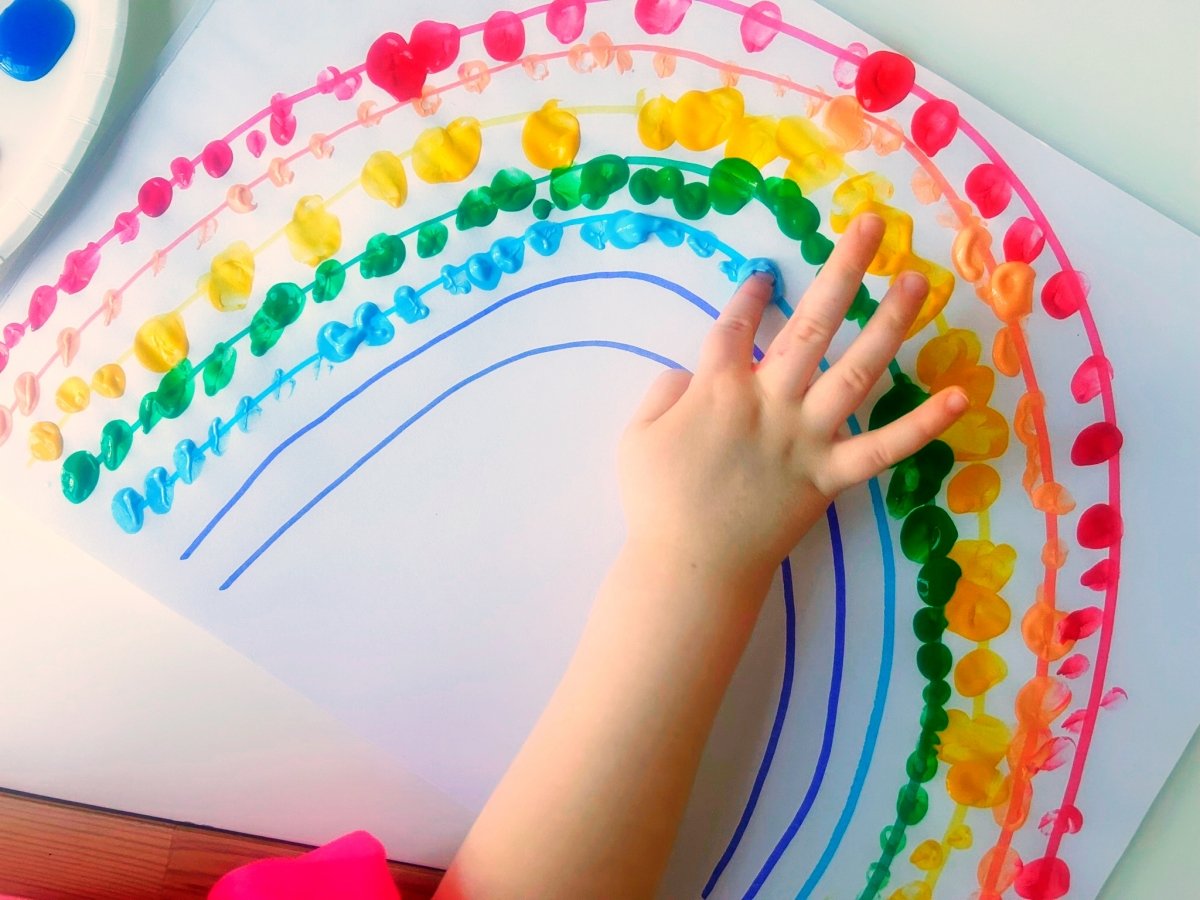
Using fingers for painting is fantastic for fine motor development. Children learn hand-eye coordination as they guide their fingers across the paper, crossing the midline of their bodies. Children will notice that when they apply different amounts of pressure, they can achieve different results.
Crossing the midline
Crossing the midline is the ability to reach across the body with one hand or foot to perform tasks on the opposite side. For example, when children reach over to paint on the left side of the paper with their right hand. It's important for children because it:
- Develops bilateral coordination.
- Stimulates both brain hemispheres for cognitive growth.
- Improves visual tracking skills.
- Enhances fine motor abilities.
- Fosters spatial awareness.
Painting Activity 2: Fork Painting
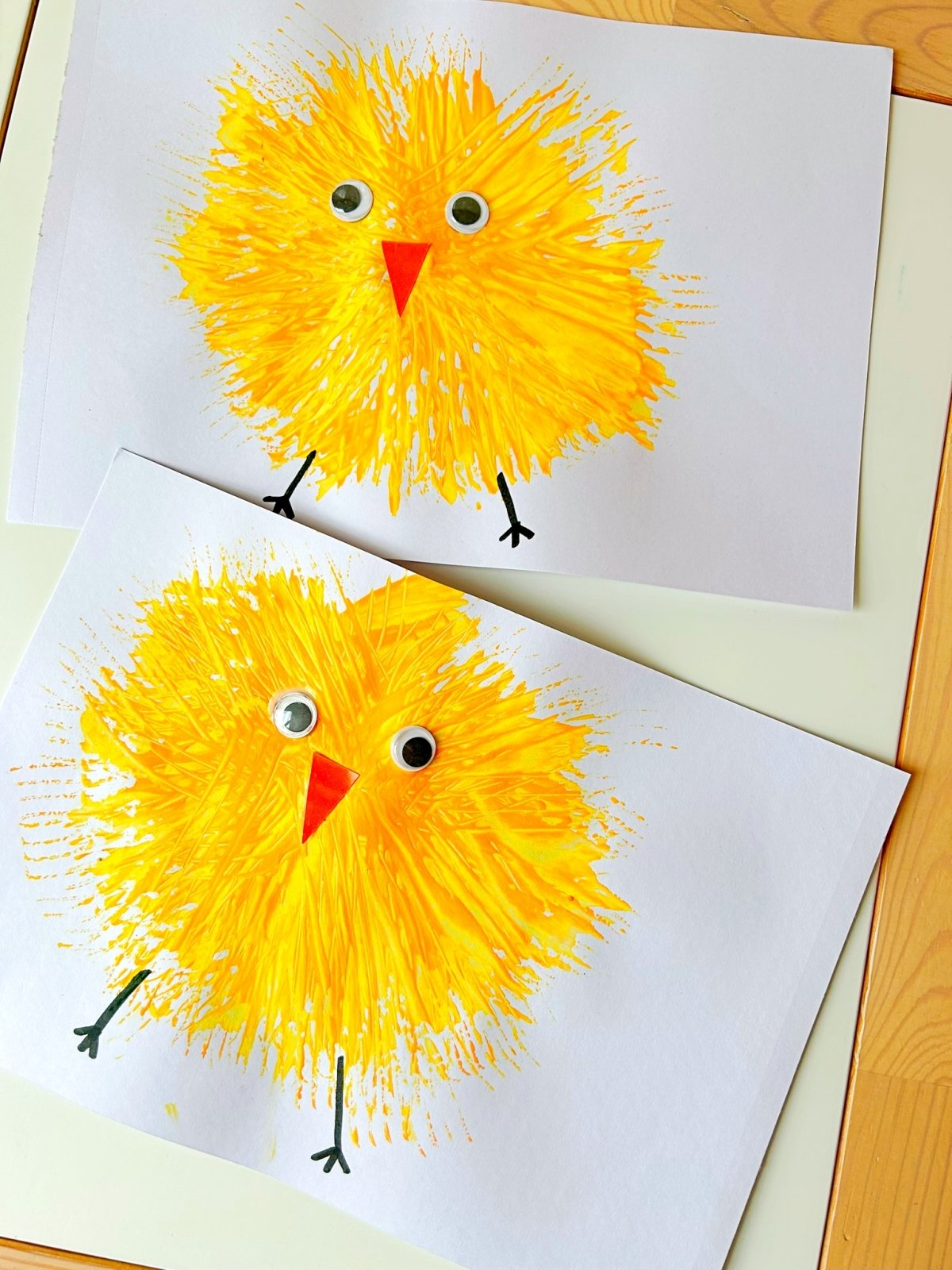
Painting with a fork allows children to learn to hold and explore a different tool and to discover the marks it can make. After experimenting with fork painting, we decided to make a chick print by dragging paint using the fork to give the appearance of feathers.
Painting Activity 3: Tape Resist
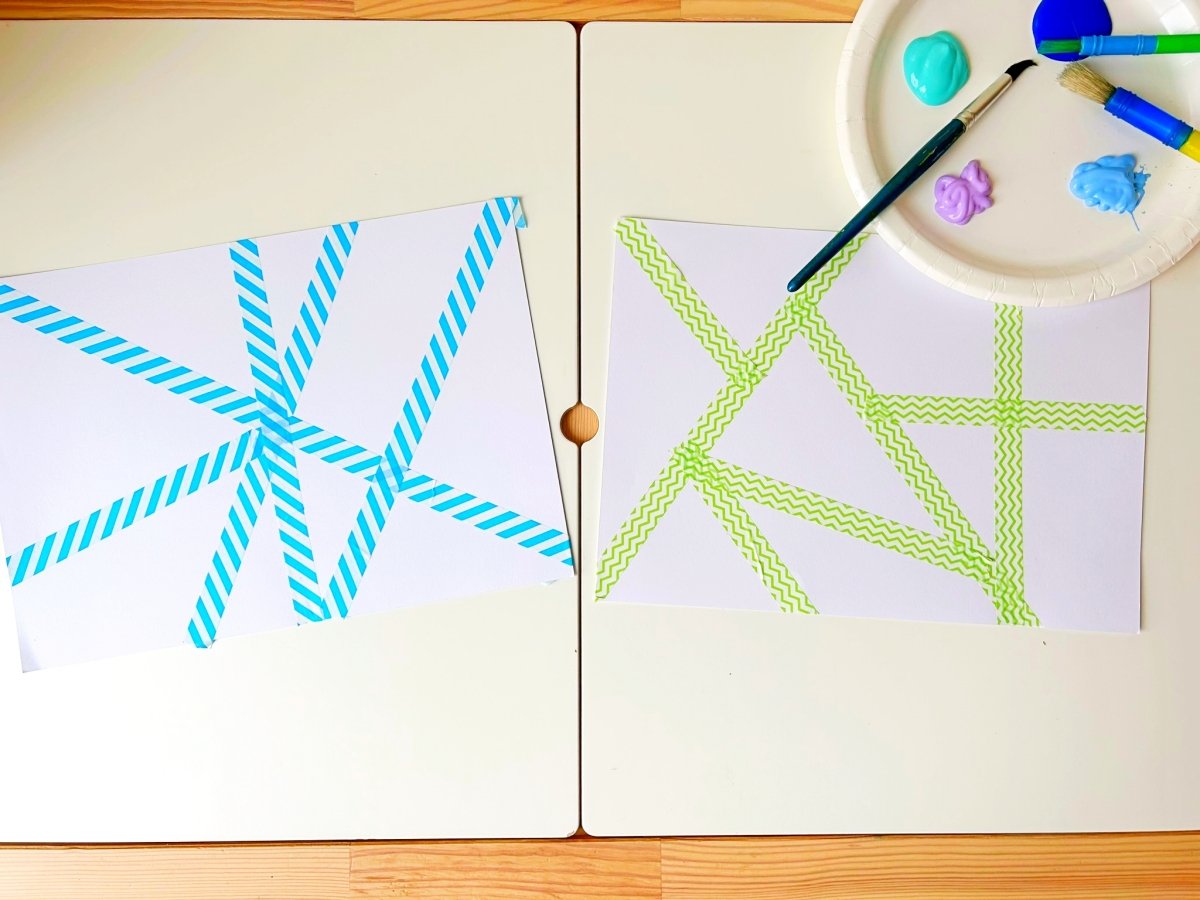
Tape resist painting is an engaging and creative activity for children. Children can take charge by sticking washi tape onto cards themselves, or adults can help set up this step. They have the freedom to arrange the tape however they like, whether it's in straight lines, crisscross patterns, or even forming letters or words. Once the tapes are in place, children can apply paint to each section.
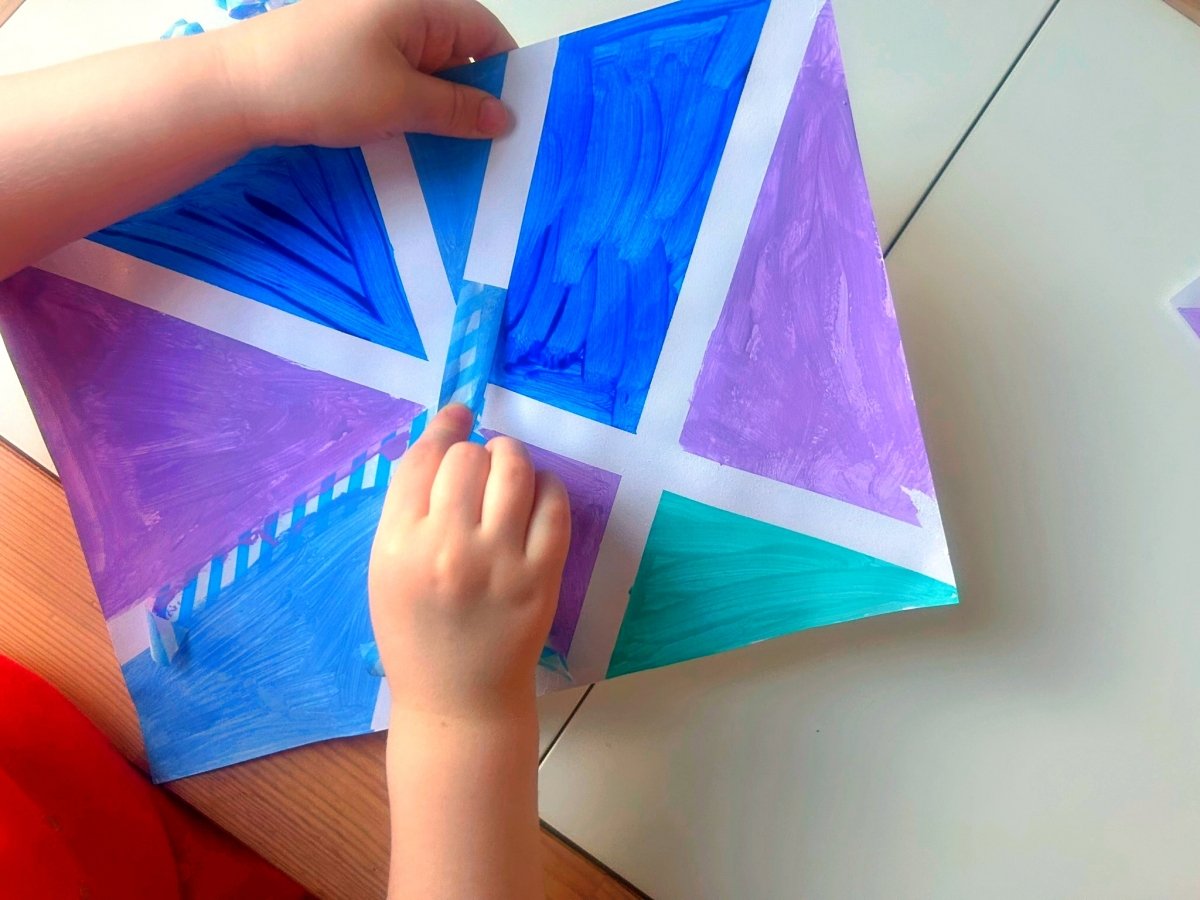
After the painting is complete and dry, it's time for the big reveal! This is where fine motor skills come into play as children carefully peel back the washi tape, unveiling their masterpiece and creating impressive, crisp lines. It's a rewarding activity that not only sparks creativity but also helps children develop important motor skills.
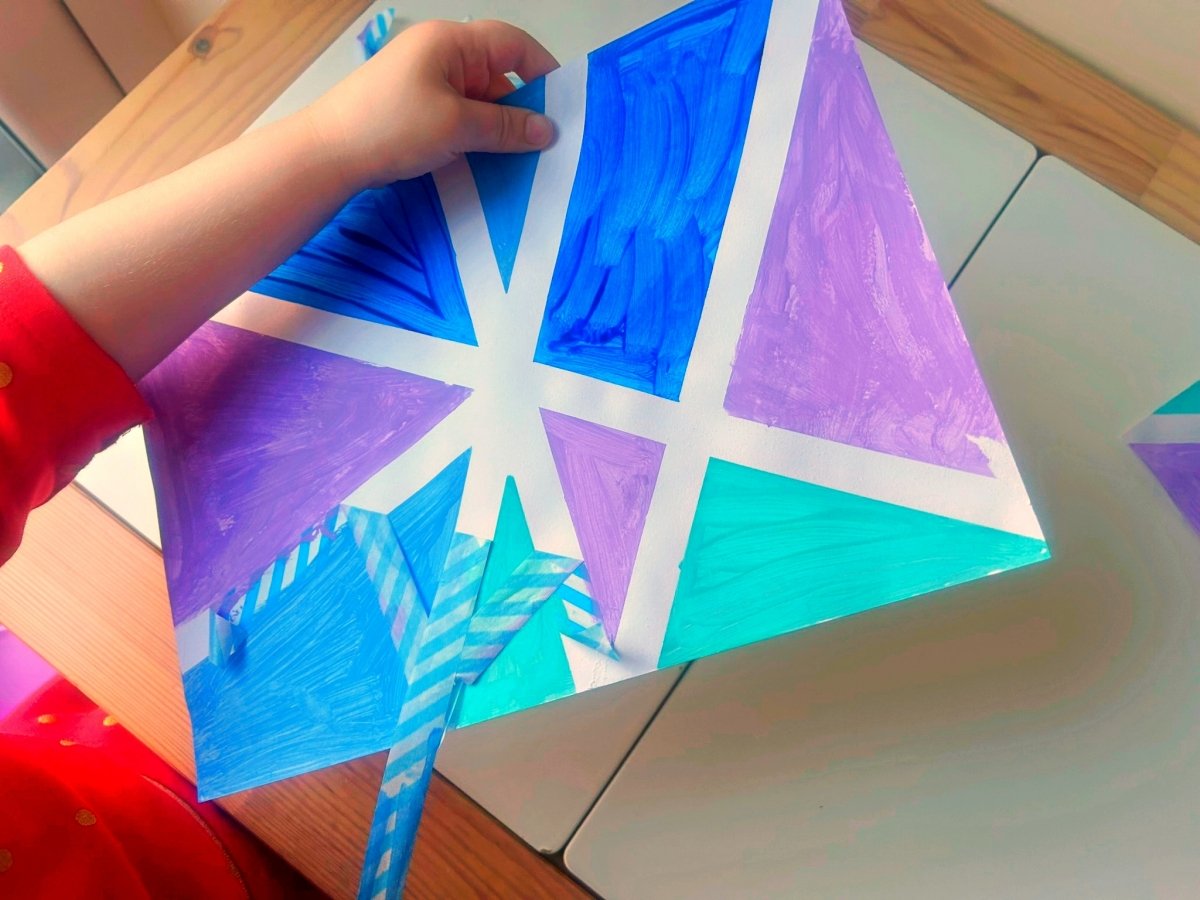
Painting Activity 4: Salt Painting
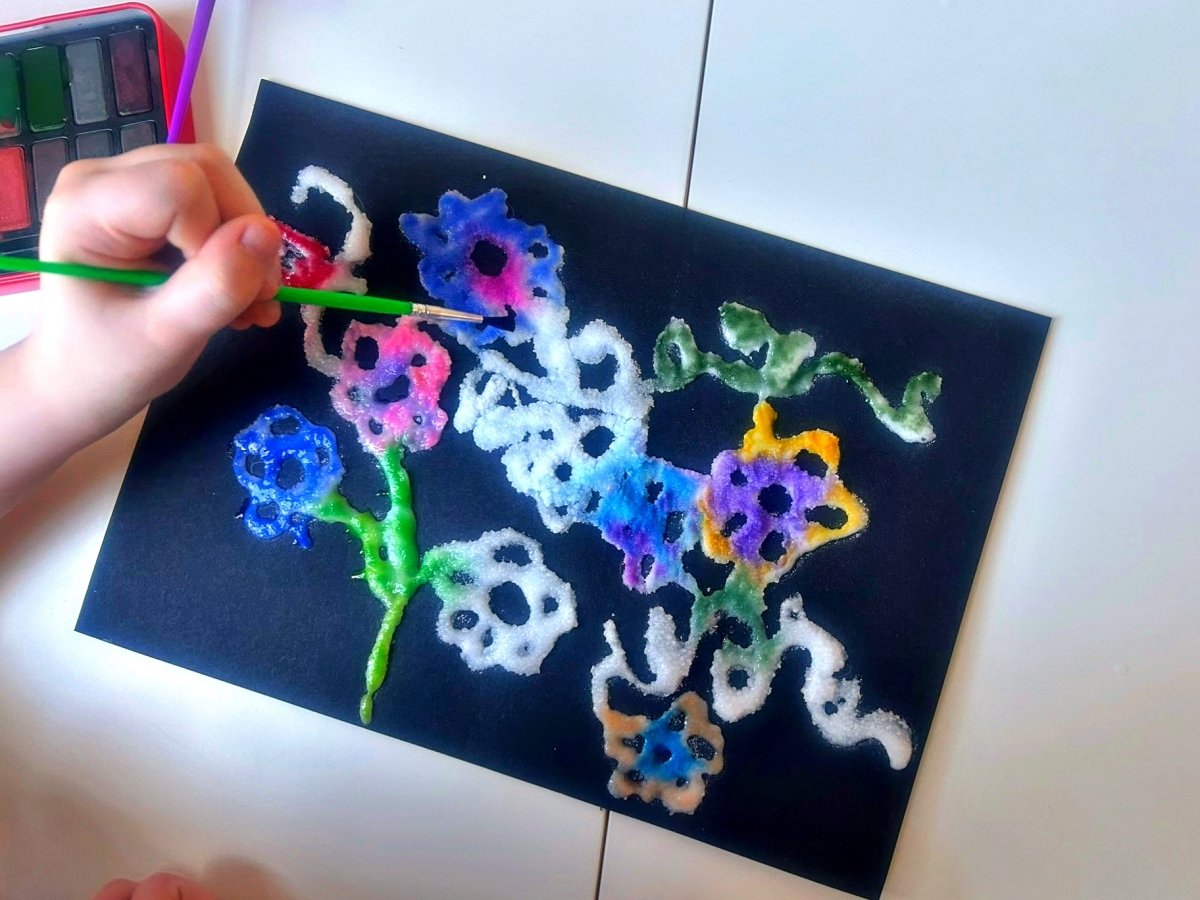
This technique is a big hit with my 6-year-old daughter, offering an interesting medium for her to explore. To start, draw an image onto a card, then squeeze PVA glue from a bottle along the lines of the drawing.
Next, place the card into a container (to catch the excess salt) and sprinkle salt generously over the picture. The salt will stick to the glue. Shake off the excess salt and you are ready to paint using watercolours. As you gently touch the salt covered glue lines, the colours are absorbed and the paint travels along the salt lines. This is a mesmerising process for children to observe
Painting Activity 5: Using a Cotton Bud to Paint
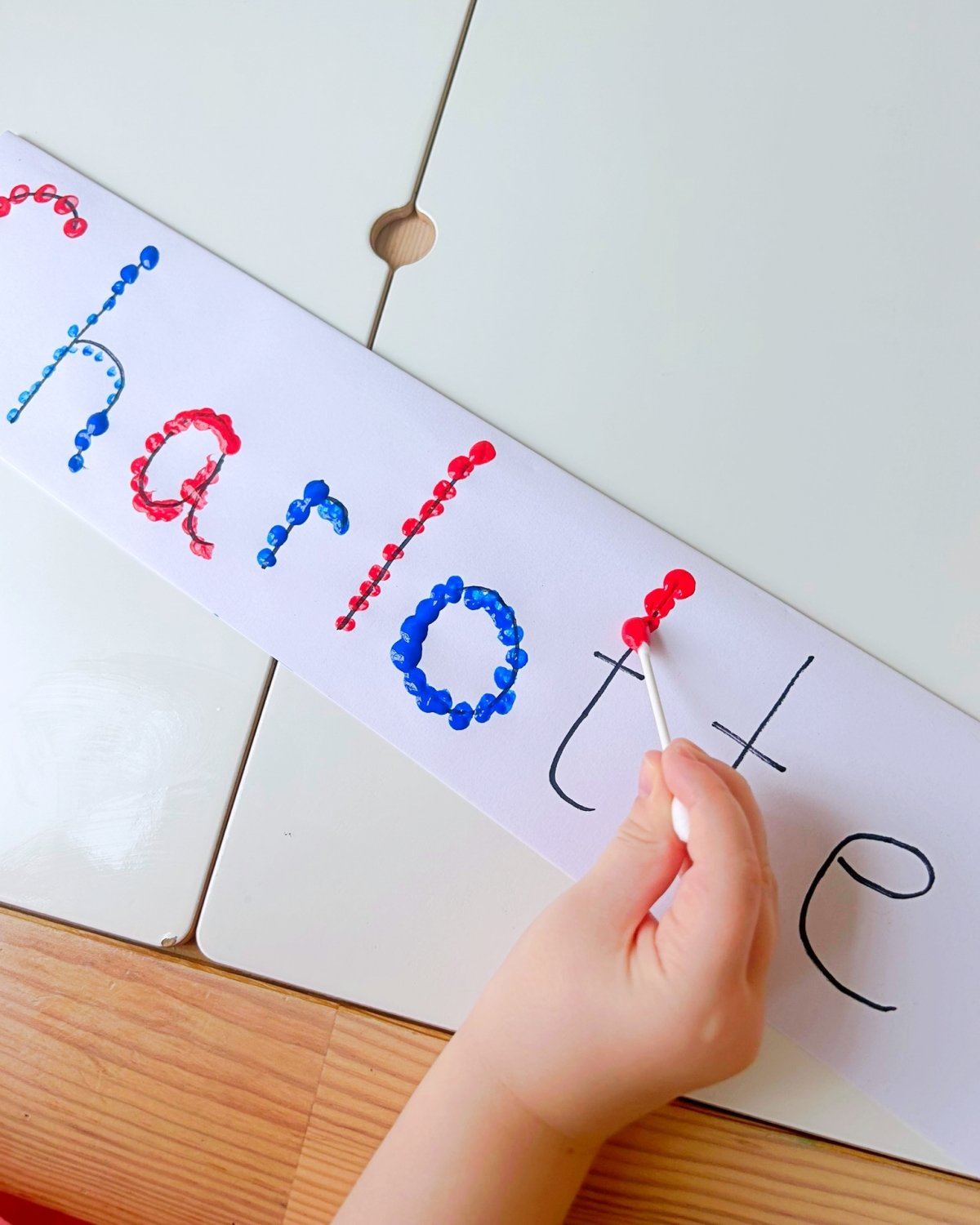
Painting with a cotton bud helps children to hone their pre-writing skills and pincer grasp development. Printing with a cotton bud produces tiny dots which can be used to make pictures, patterns or to follow lines. My daughter is learning to write her name so we focussed on letter formation in this activity.
What is a pincer grasp?
A pincer grasp refers to the action of closing the thumb and index finger together in order to hold objects. When children have mastered pincer grasp, they can explore small items easily and begin to work on hand-eye coordination. Practising pincer grasp activities helps to increase finger strength and mobility.
Painting Activity 6: Shaving Foam Marbling
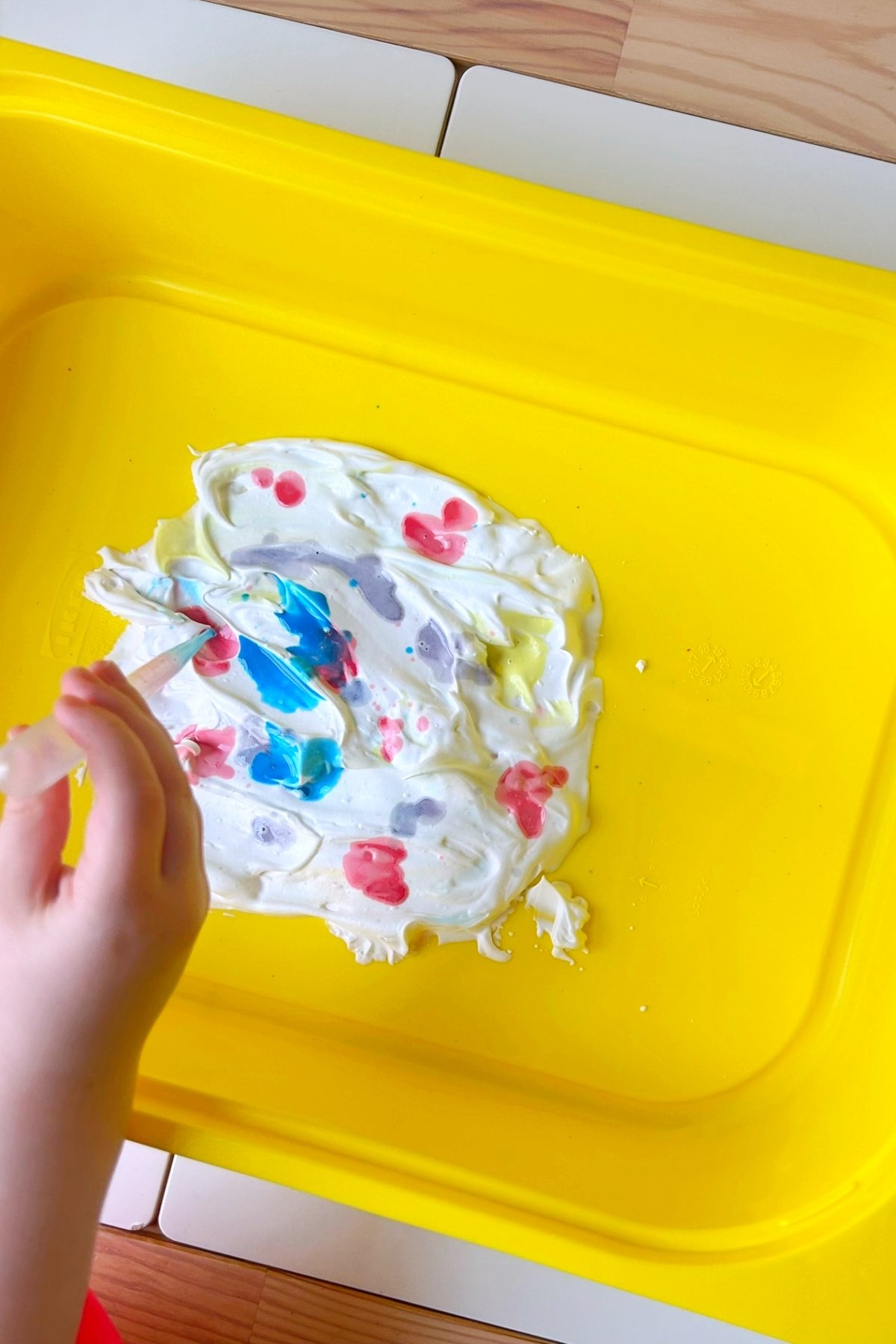
This activity promises loads of fun and a bit of messiness, sure to engage children and leave them eager for more
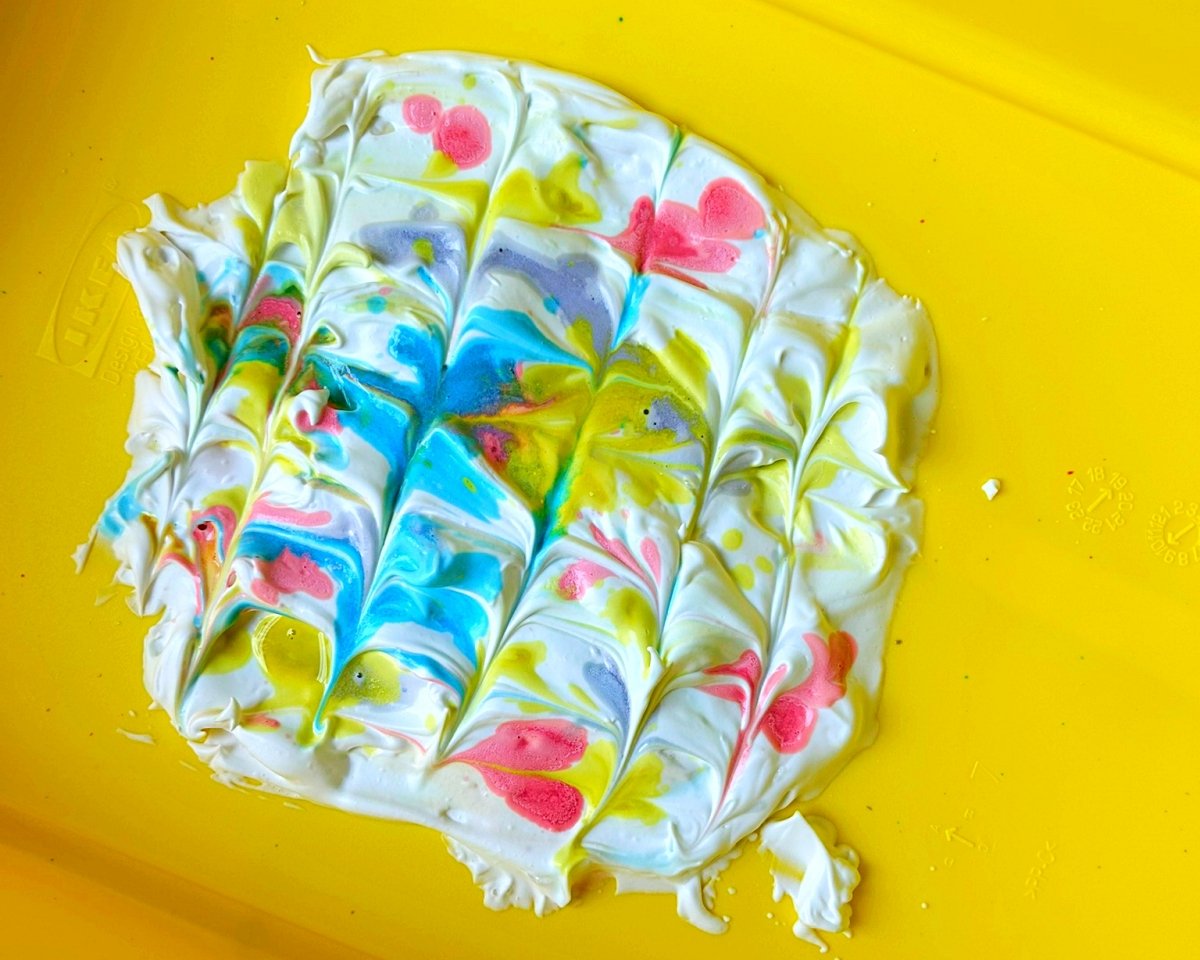
To begin, squirt some white shaving foam into a shallow container. Next, add drops of paint or food colouring before using a skewer to swirl the paint around, creating a marbled effect.
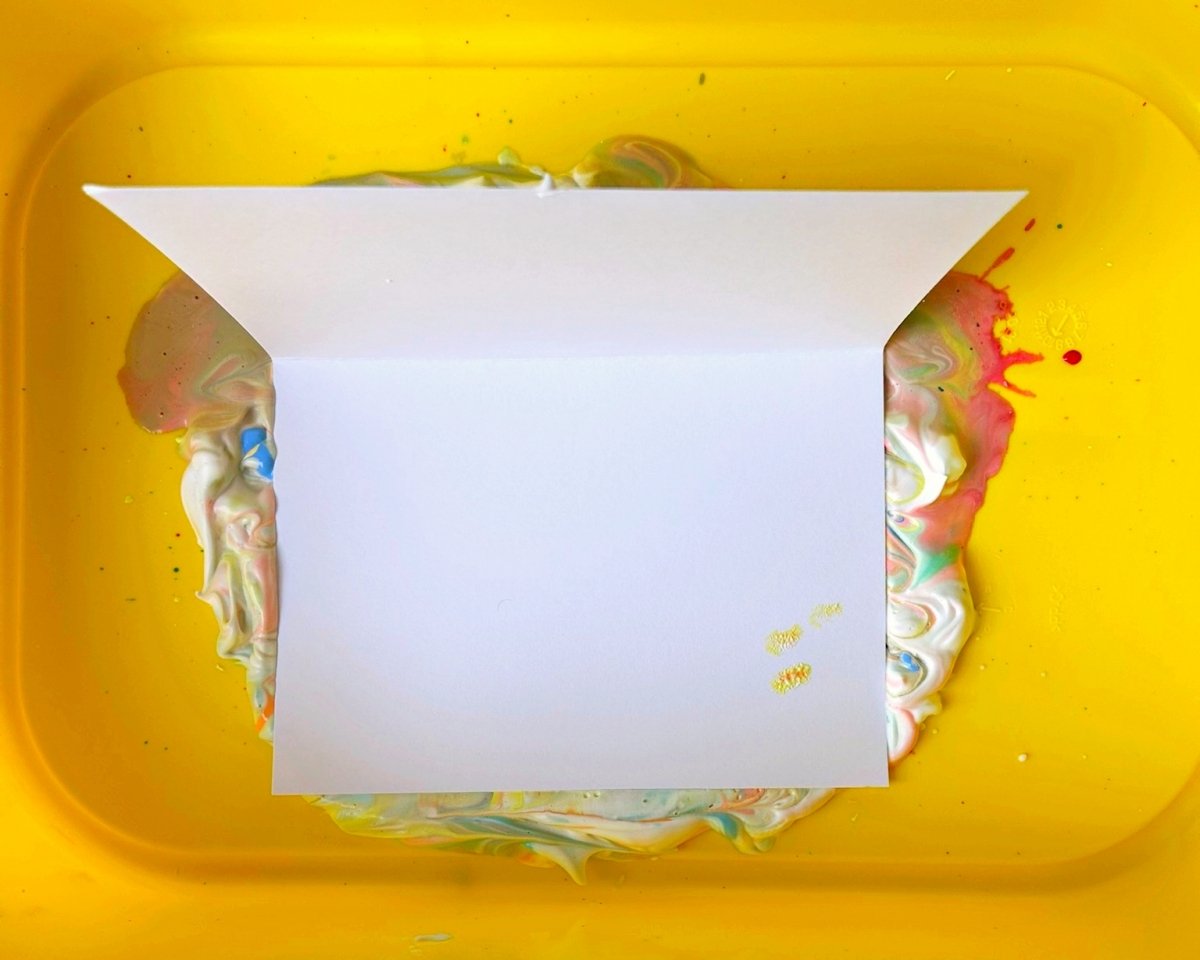
Press a piece of card into the paint-covered shaving foam and then transfer to another shallow container for scraping. It is great fine motor practice to use a shower squeegee to wipe away excess foam but a ruler or piece of card would work just as well.
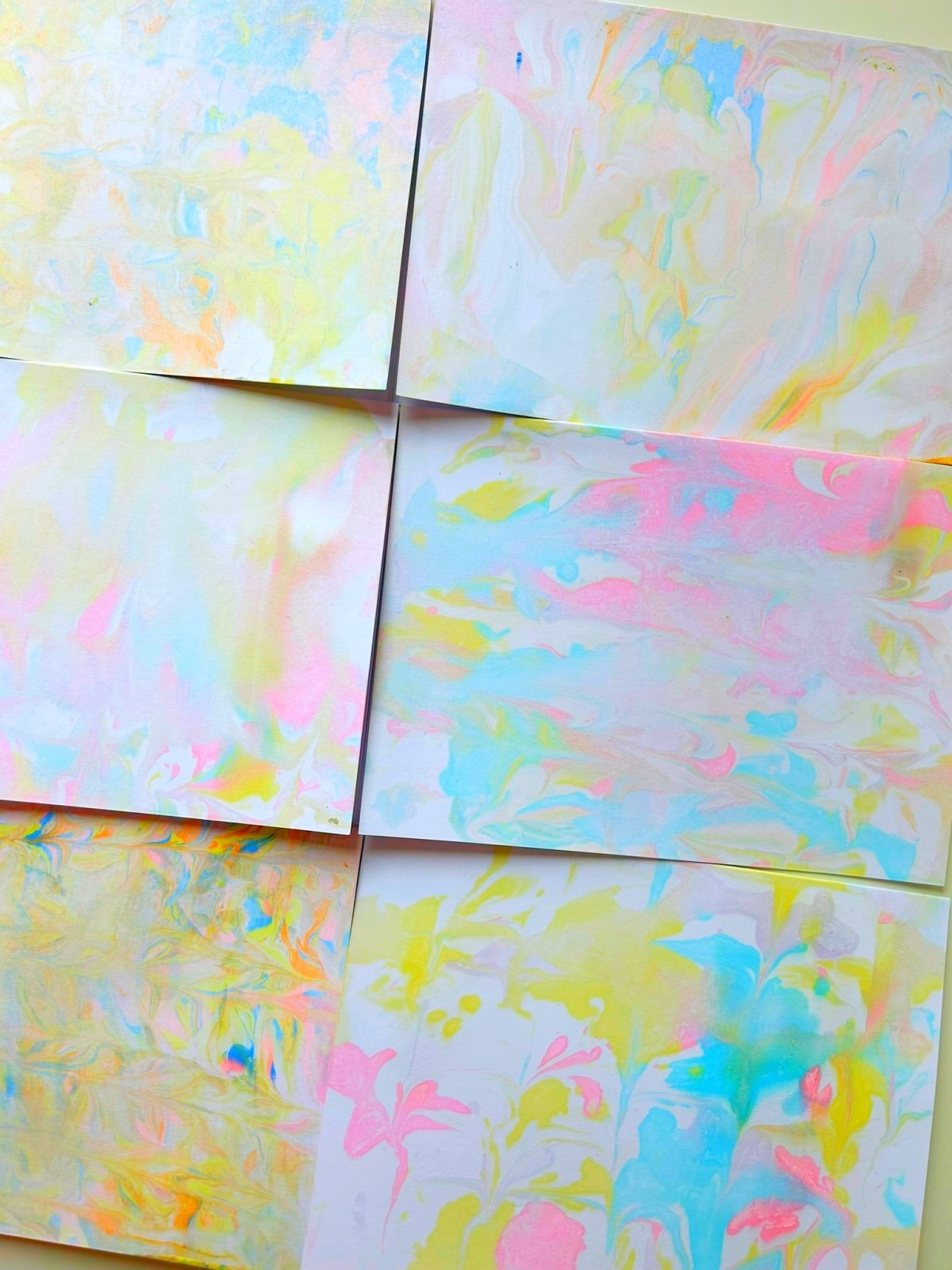
Children will love experimenting with different colours and patterns and look forward to seeing the different effects after each reveal. We created interesting patterns which we’re planning to use for making Easter cards.
Painting Activity 7: Bubble Wrap Smash
This is a mess-free activity which toddlers will love! First, I covered my table surface with large sheets of paper. My daughter then went on to squeeze different coloured paints across the paper.
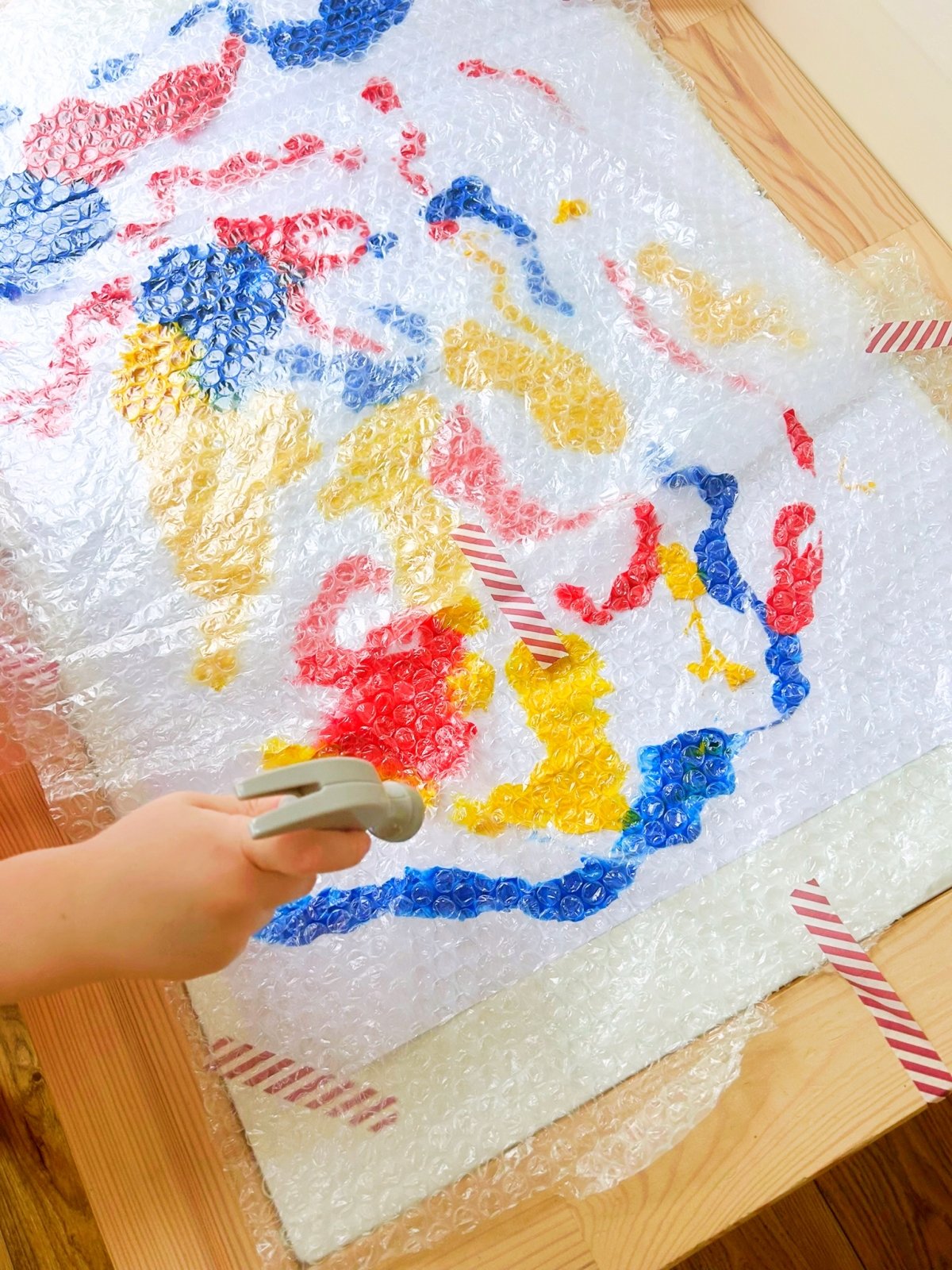
Then I taped bubble wrap over the top of the paper. My daughter was free to use her hands or a toy hammer/rolling pin to spread the paint. She had so much fun observing the colour mixing and changes.

Painting Activity 8: Cotton Pad Painting
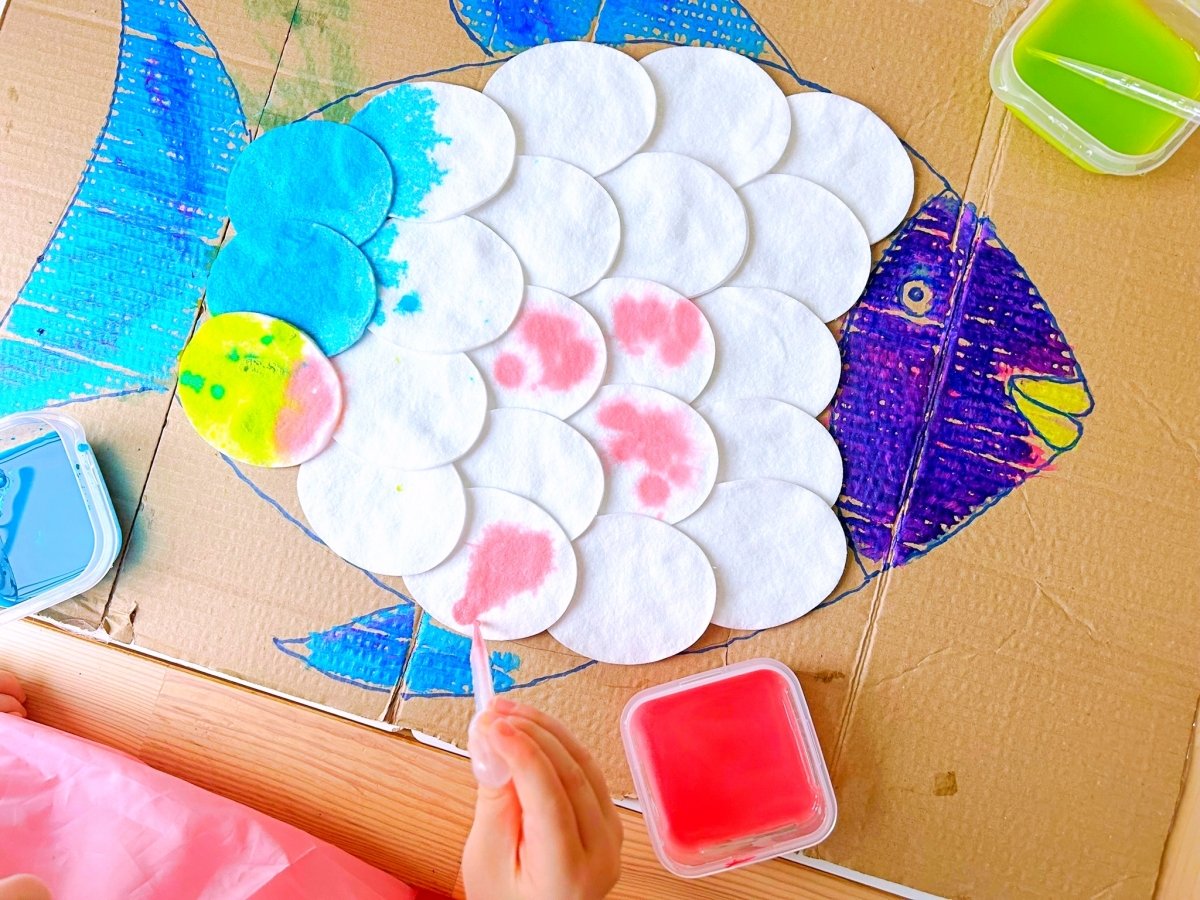
I drew a fish picture onto a large piece of card and layered cotton pads to represent scales. My daughter used pipettes to add watercolour to the cotton pad scales and painted her rainbow fish. Using pipettes is a fantastic fine motor activity for children.
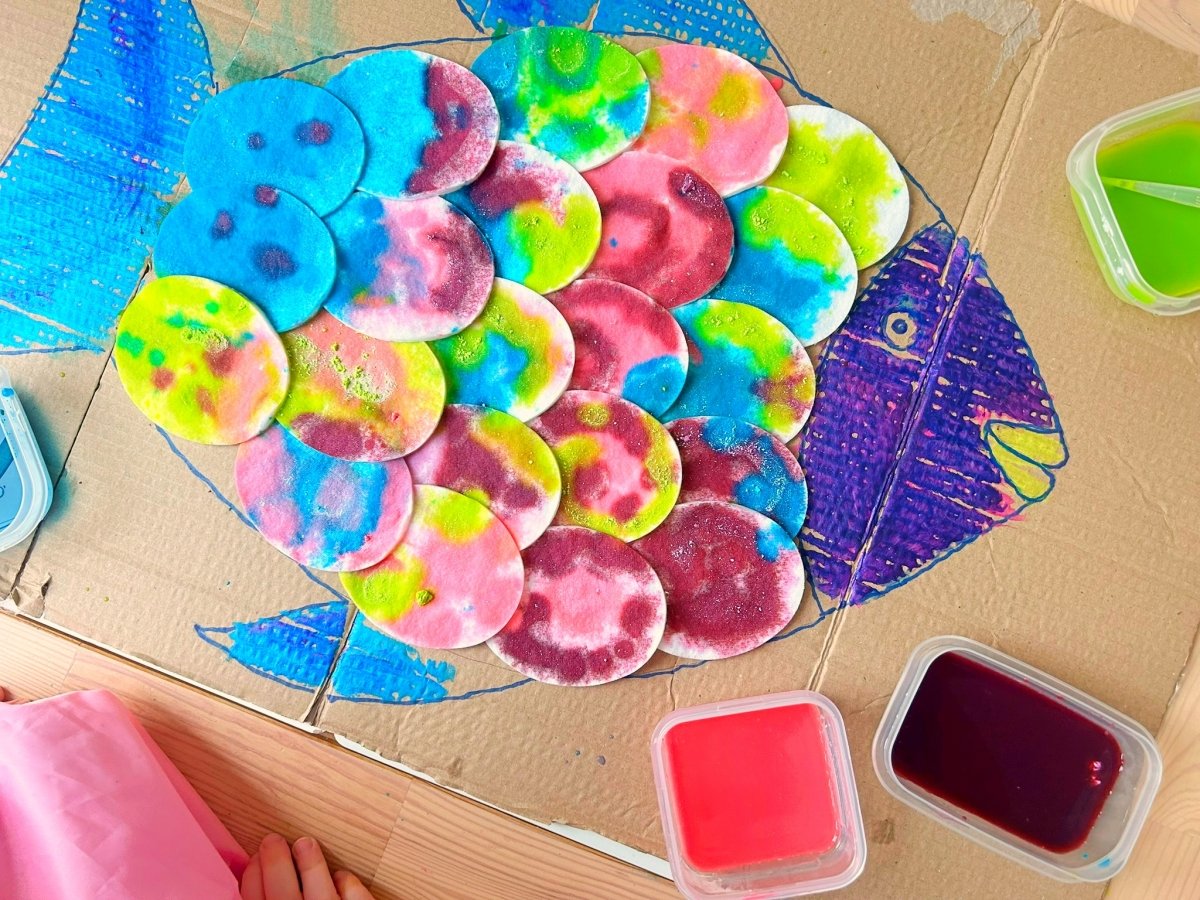
Painting Activity 9: Spin Painting
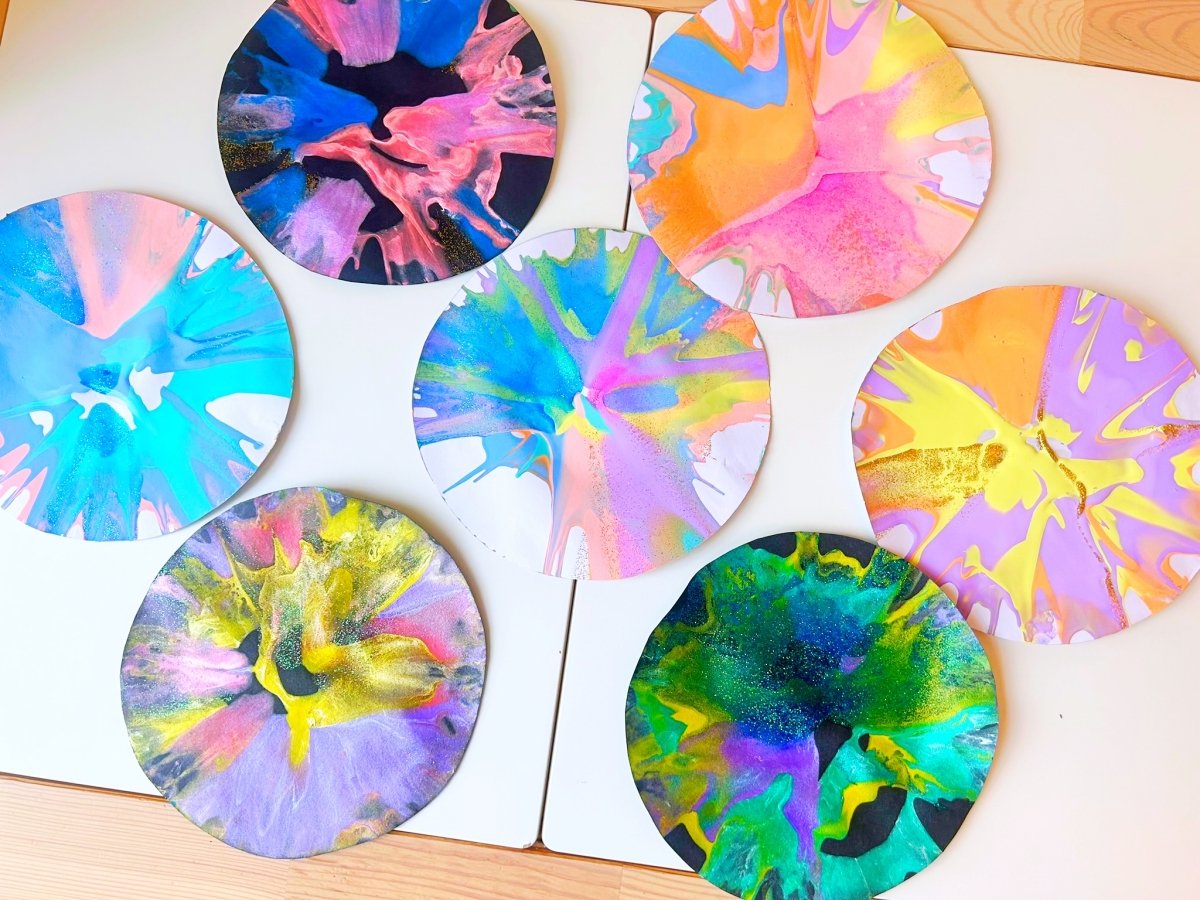
Both of my children love this activity and it couldn’t be easier to set up. I start by cutting out circles from cardstock paper. Then, I secure one of the circles to the bottom of the salad spinner using tape.
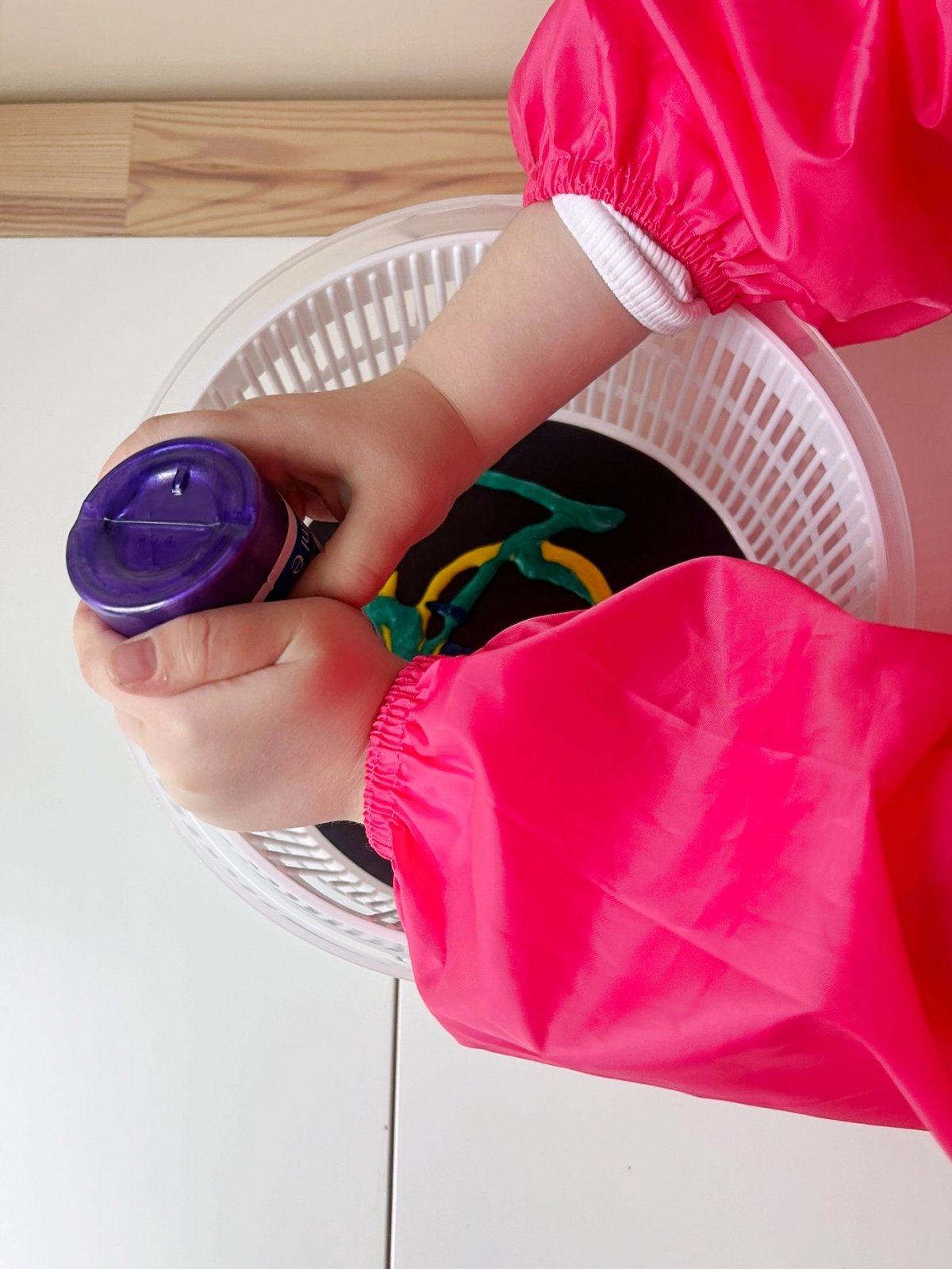
Next comes the fun part: my children squeeze various colours of paint onto the card. Once they've created their desired palette, it's time to put the lid on and start spinning!
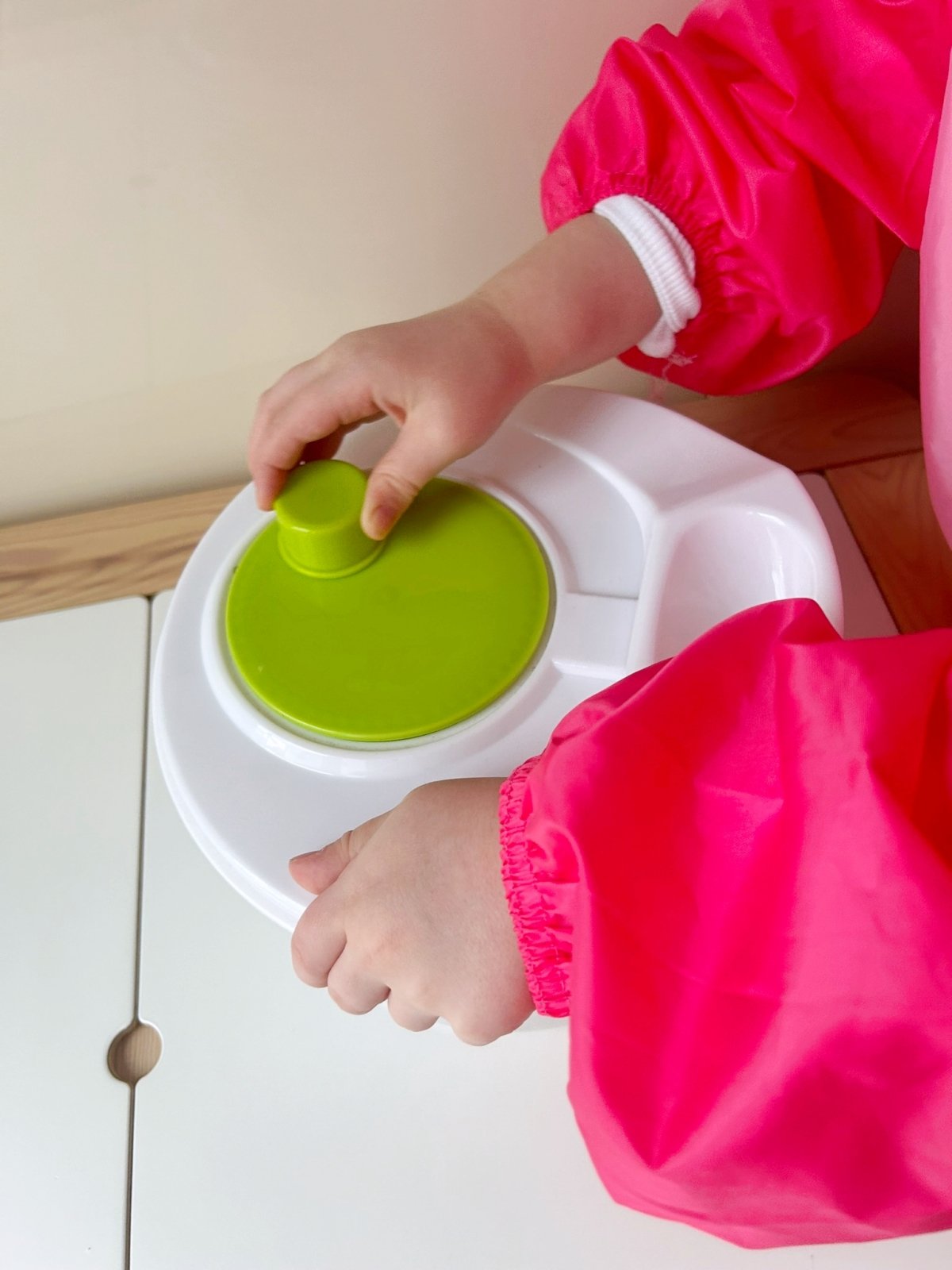
Watching the salad spinner whirl around, my children are absolutely delighted and fascinated by the creative patterns they're able to achieve.
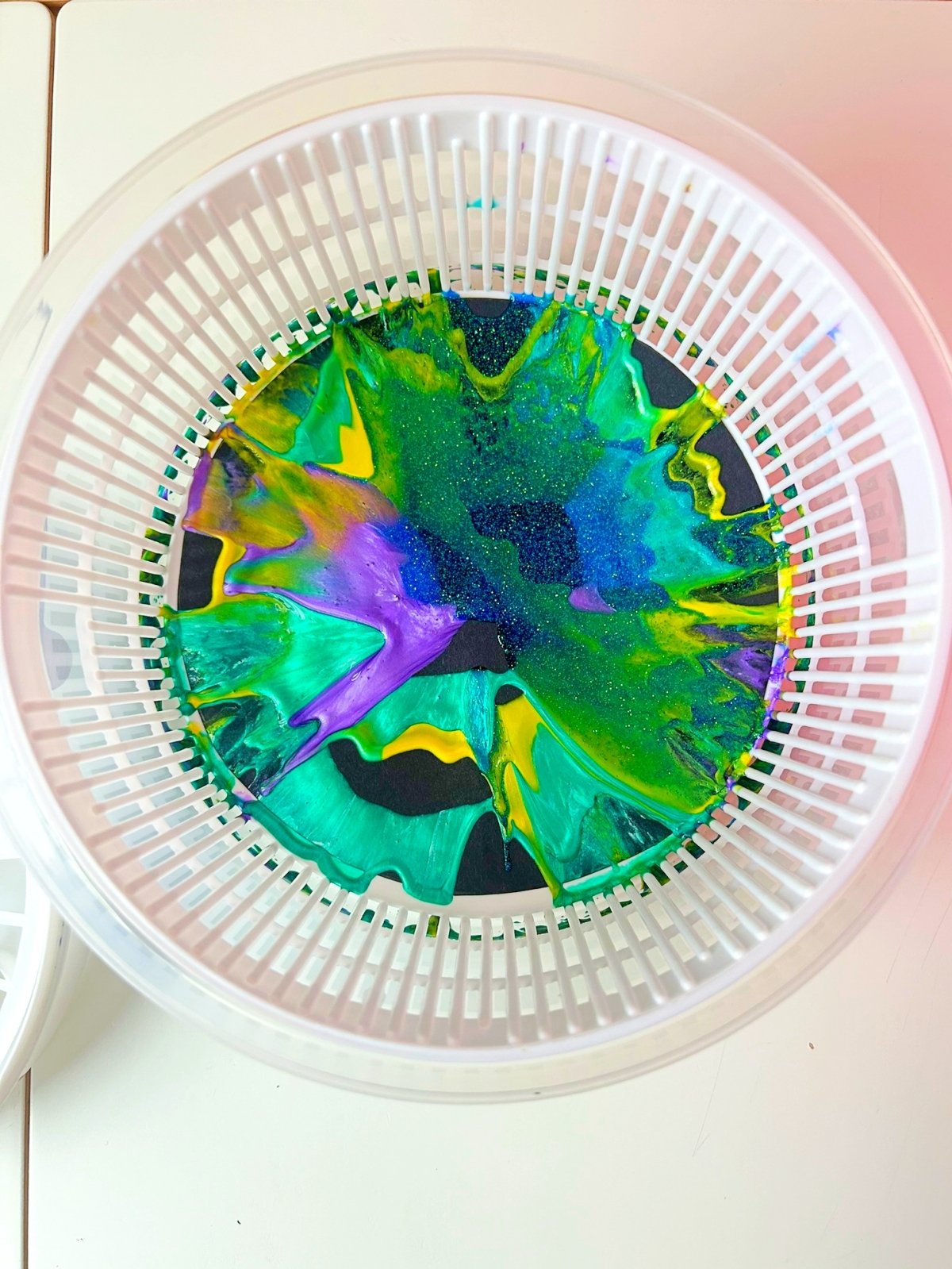
Painting Activity 10: Potato Printing
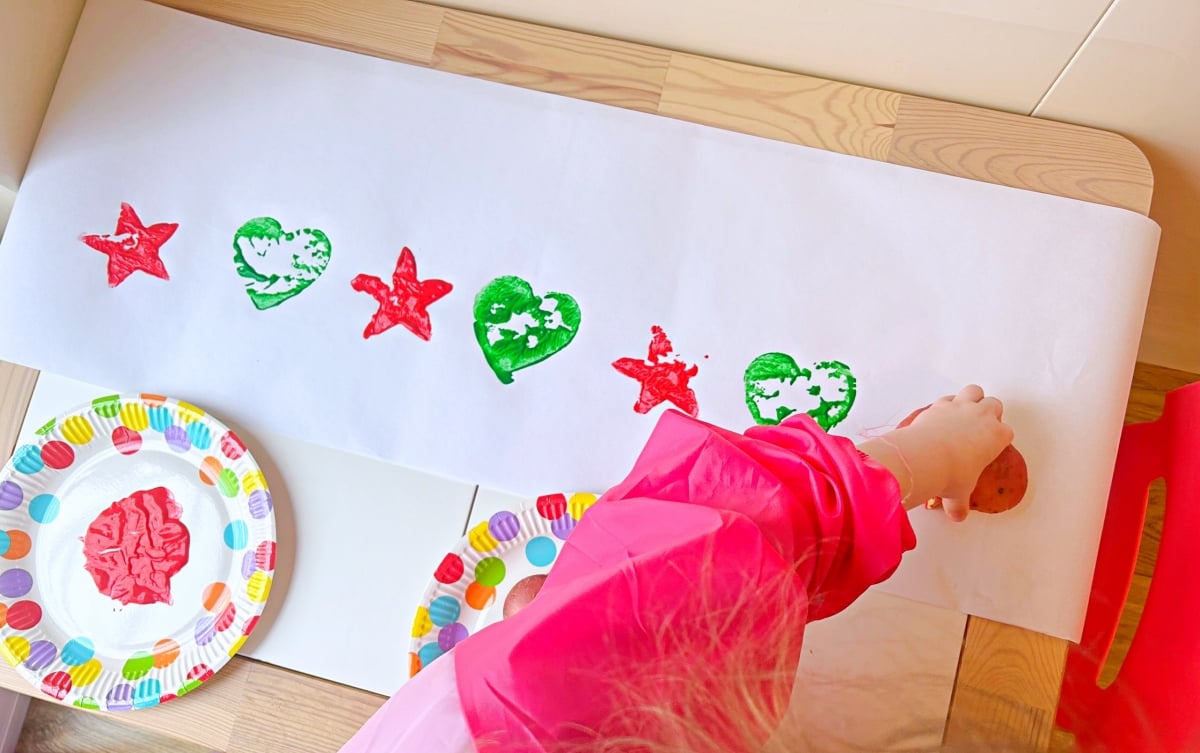
Potato printing is a classic, simple activity that children of all ages will enjoy. To start, I use various cookie cutters to create outlines on the potato, which I then carefully cut around to leave a raised shape for printing. Holding the potato to make prints provides a rewarding challenge for small hands, promoting fine motor skills and coordination.
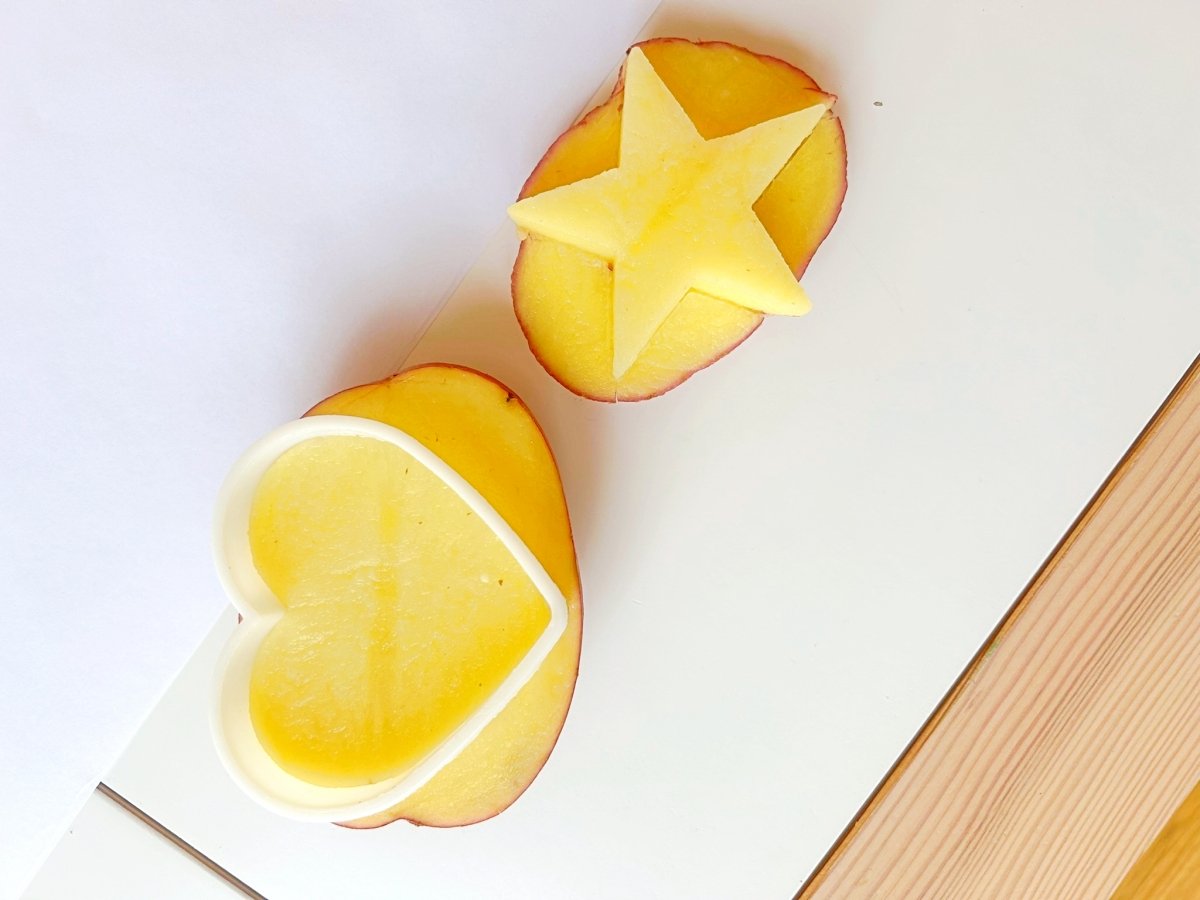
Potato printing is the perfect activity to explore pattern making and printing. Kids can experiment with different shapes and colours to design their own homemade wrapping paper.
Frequently Asked Question about Painting Activities for Children
Painting activities are beneficial for kids in many ways. It helps them explore different textures and materials and learn about colours. When they mix colours and try different painting techniques, it sparks their imagination and helps them stay focused. Painting also helps kids improve their fine motor skills, which are important for everyday tasks like writing, using utensils, and getting dressed.
Here are some tips to make painting an enjoyable experience for kids: You can offer a variety of painting materials like paints, brushes, and stamps. Let your children explore unconventional painting techniques like painting with fork or fingers. In this post, we offer 10 fun painting activities for children.
Have fun with these painting activities!
We shared the various types of tools and techniques children can use to paint while developing essential fine motor skills. Painting with your child ignites their creativity, fosters their overall development and encourages creative expression in children. Because there are no right or wrong answers in art, children have the freedom to think innovatively, explore techniques, and create their own wonderfully unique masterpieces. Have fun painting!





Leave a Reply